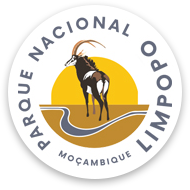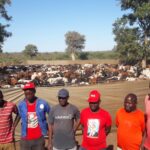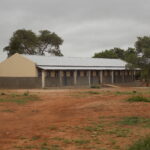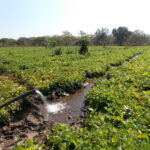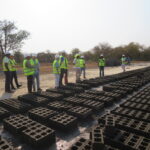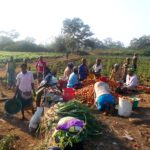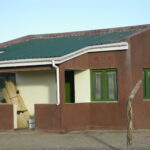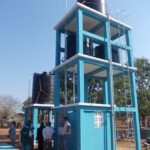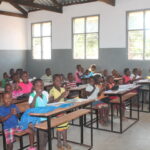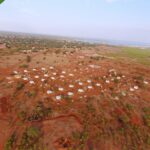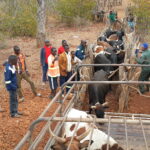Visitors to Limpopo National Park will appreciate that the Park is still under development and while game sightings will be less regular than in neighbouring Kruger National Park, the Park is best appreciated for its largely unspoilt wilderness.
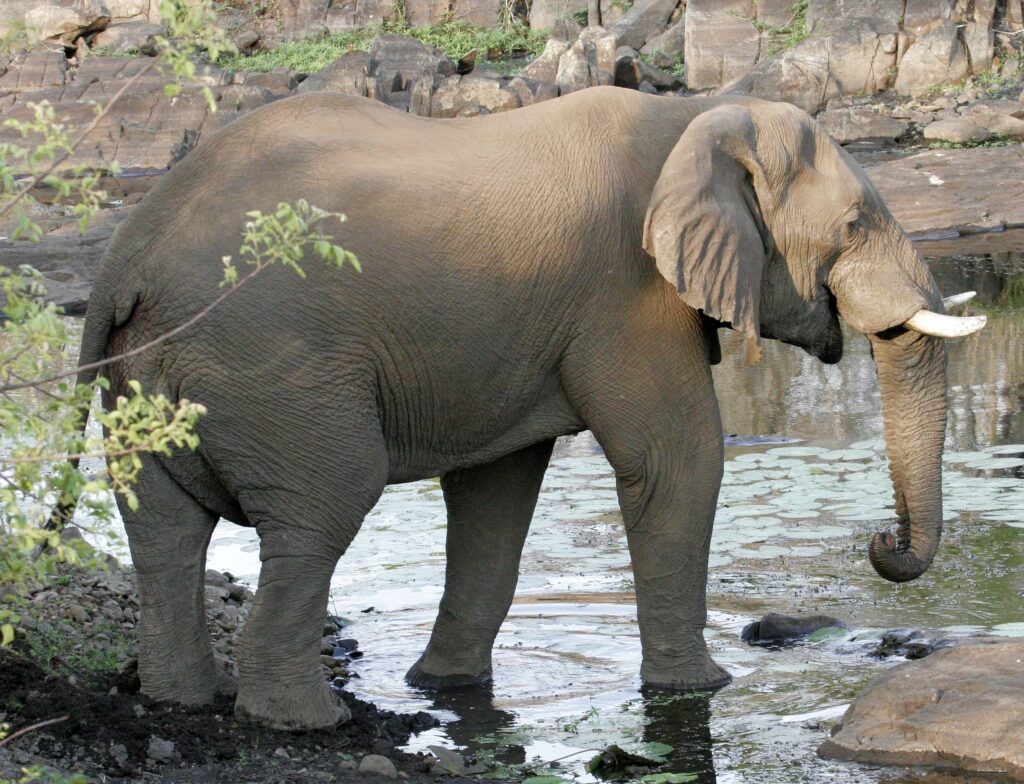
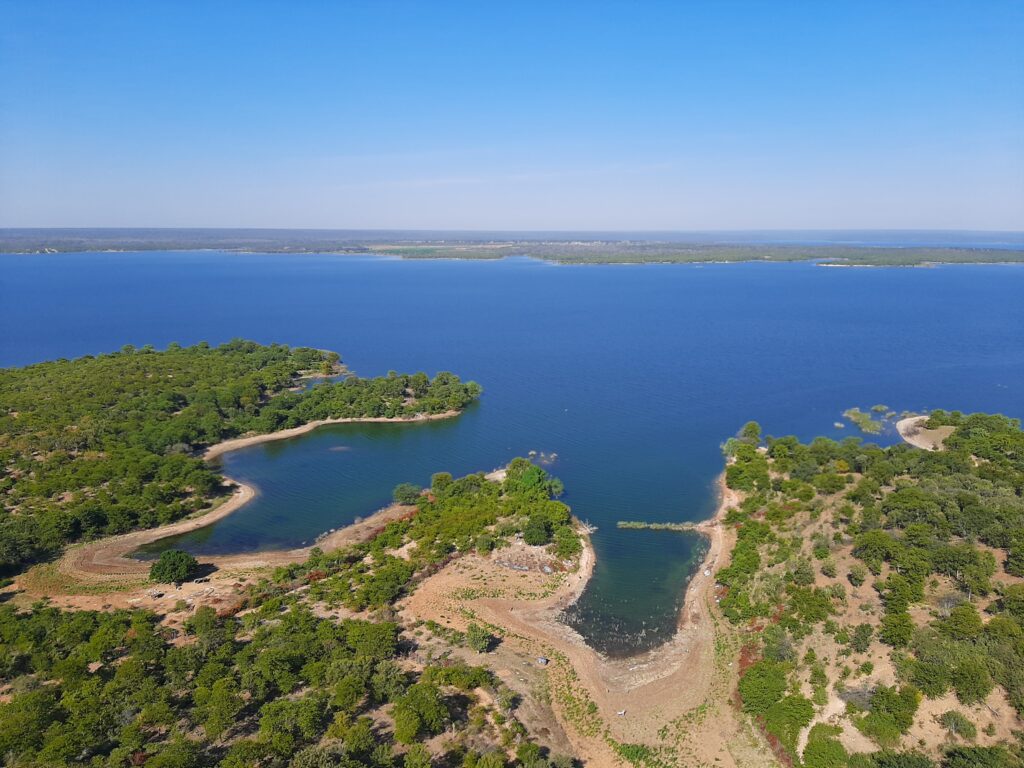

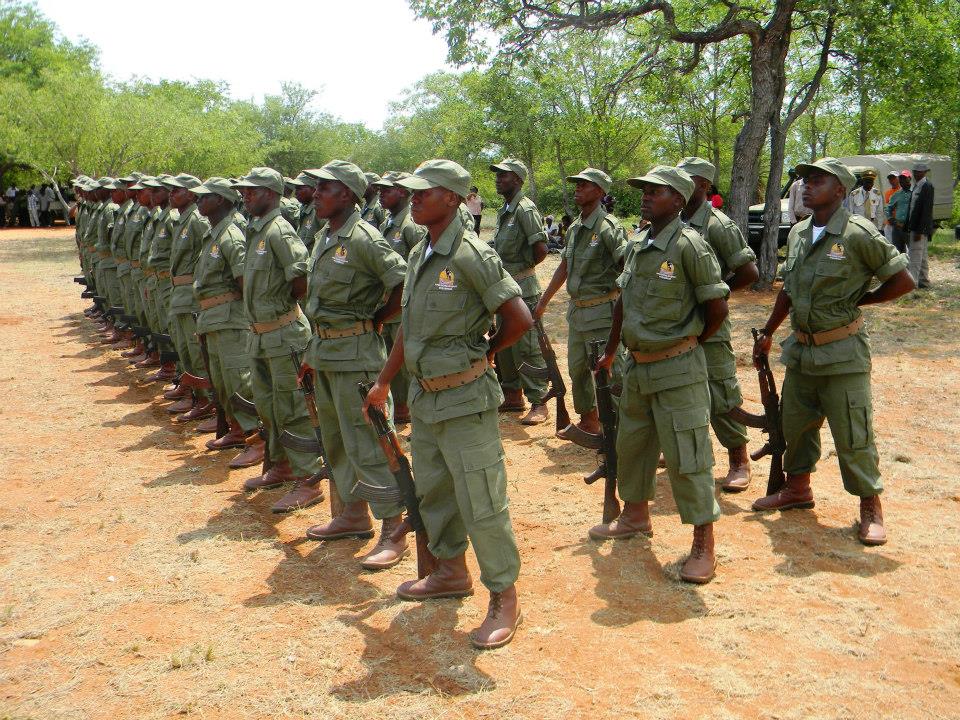

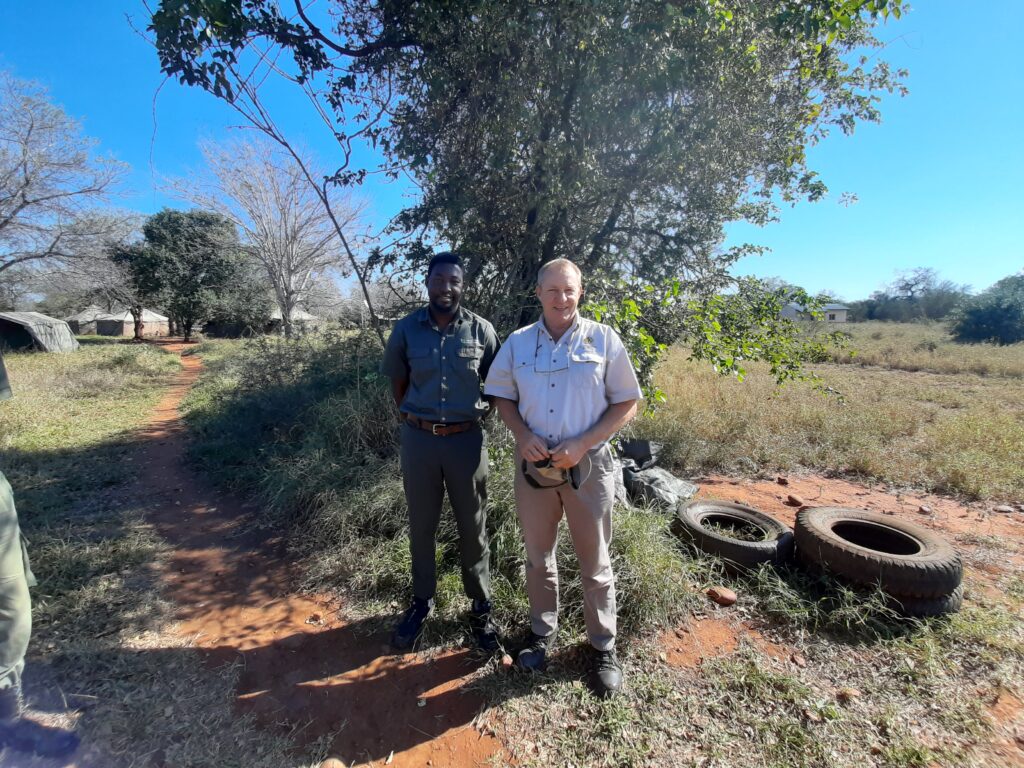
In addition, over 4700 animals have been relocated to the south west of the Park. While the next aerial census is planned for 2022, past aerial census results have shown a continued steady increase in overall wildlife numbers including an estimated current population of around 1,000 elephant and 5,000 buffalo.
The increase in wildlife numbers and the fact that all forms of poaching including for ivory are at all time low are due to significant investment in Anti poaching operations. In addition to training and deployment of additional rangers the Park has deployed a Savannah aircraft and R44 Helicopter as well as a tracker dog.
Close collaboration with Kruger National Park through a digital radio network, shared intelligence and joint patrolling and operational planning have also resulted in significantly reduced incursions and poaching through Kruger’s eastern boundary with LNP.
The Park has a close relationship to 60 communities living in the Buffer Zone with established Governance and Natural Resource Management Committees and a number of livelihood programmes including 17 community irrigation systems. A Herding for Health programme has also been implemented which improves livestock condition and rangeland management and which has also, through predator proof bomas and collective livestock management, has stopped conflict and losses between predators and livestock. Communities also benefit though receiving 20% of Park revenues.
A voluntary resettlement programme is being undertaken to OP 4.12 standards. This programme addresses long term community development and livelihood needs, increasing Human Wildlife Conflict risks and enables conservation development which will enable benefits to flow to communities through employment and 20% sharing of Park revenues. Moving from remote locations without a future prospects, the programme benefits include a newly constructed modern Type 2 3-room house for each family at a village location chosen by the community and post resettlement livelihood support which includes agriculture land and an irrigation system for food sustainability. The new village location will also be integrated into government economic support systems such as water provision, school facilities, health facilities and where feasible energy and communication services. There are currently four communities residing within the Park boundaries with completion of the expected to be within the next five years.
With continued protection and community development and resettlement programmes LNP wildlife numbers will continue to increase enabling LNP to move into a rapid tourism development phase in around five years time. In parallel the Park and partners are looking at potential REDD+ programme in the Mozambique GLTCA and towards corridor connectivity to Banhine and Zinave National Park with collared elephant already shown have moved through the Parks and between TFCA areas from Kruger all the way to Limpopo, Banhine and on to Zinave National Park.
